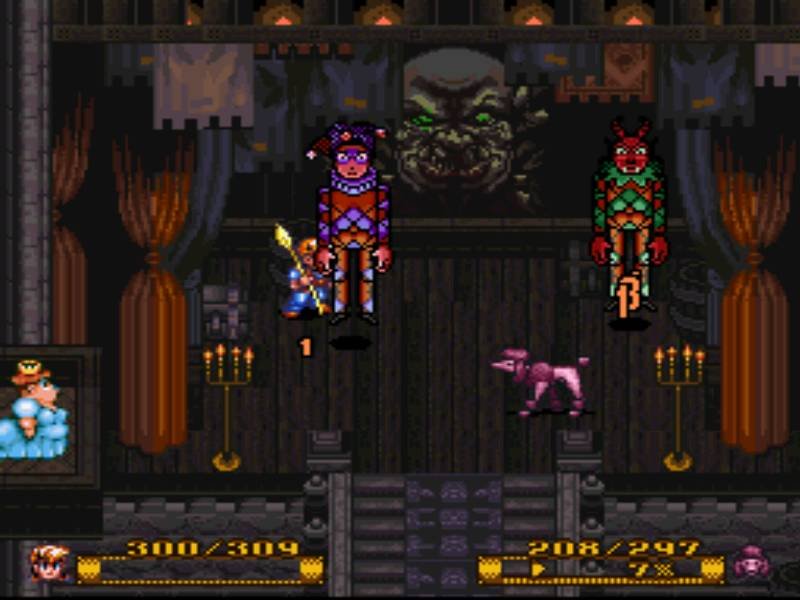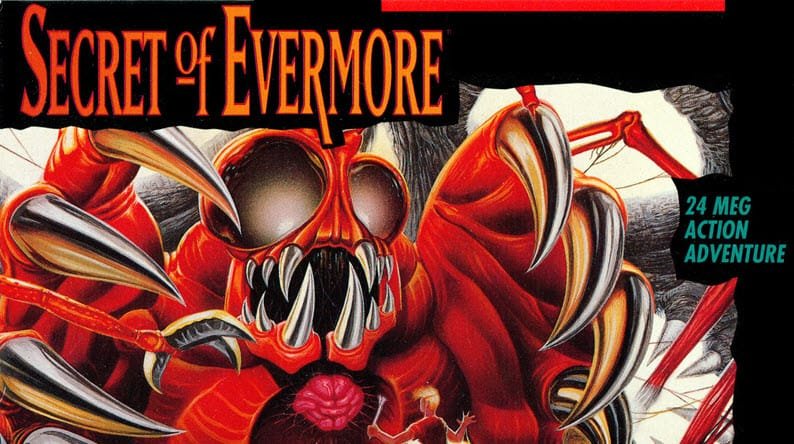It was a Friday, and the final bell of a half-day of school felt like a symphony of freedom. A weekend stretched out before me, full of possibility and a brand-new Super Nintendo game I’d snagged from Blockbuster on my way home: Secret of Evermore. Little did I know that this game, with its intriguing cover art and promises of alchemy and adventure, would consume me entirely for the next 48 hours. By Sunday evening, as the reality of a new school week loomed, I’d witnessed the credits roll, my mind still buzzing from the journey I’d just taken.
Secret of Evermore, released in 1995 by Squaresoft, often finds itself overshadowed by its more famous predecessor, Secret of Mana. The comparisons are inevitable—the real-time combat system, the ring-based magic (or rather, “alchemy” in Evermore‘s case), and even the visual style bear a striking resemblance. But to dismiss Evermore as a mere clone is to do it a grave injustice. This is a game with its own unique charm, its own compelling narrative, and its own reasons to be celebrated.
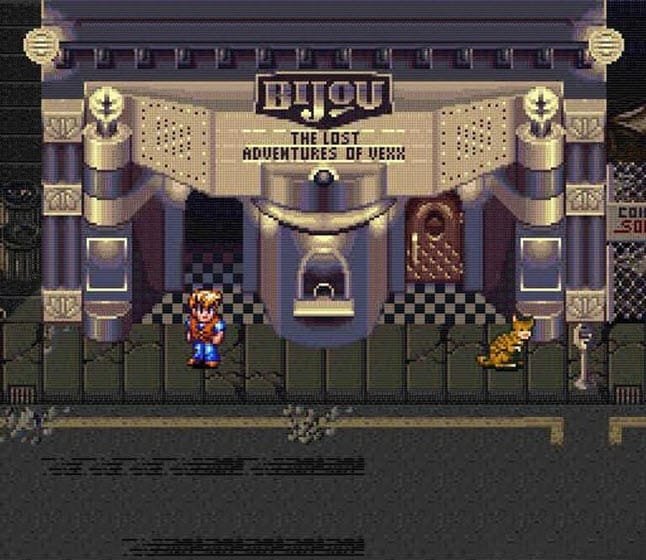
A Unique Blend of Worlds and Systems
While Secret of Mana transported players to a vibrant world of high fantasy, Evermore dared to be different. You and your loyal canine companion embark on a journey through a series of interconnected worlds, each inspired by a different historical period—prehistoric, Roman, medieval, and futuristic. There are no elves, dwarves, or typical JRPG tropes here. Instead, you’ll encounter robotic sentinels guarding ancient ruins, battle dinosaur-like creatures in a prehistoric jungle, and even solve puzzles in a futuristic laboratory.
This blend of science fiction and historical fantasy gives Evermore a distinct flavor, setting it apart from its more traditional counterparts. The game’s alchemy system further reinforces this unique identity. Instead of relying on a typical mana pool, your alchemic abilities are fueled by ingredients found throughout the world. Want to unleash a volley of fireballs? Combine sulfur and charcoal. Need to heal your wounds? Mix water and herbs. While not as complex as some alchemy systems in other RPGs, Evermore‘s approach felt fresh and engaging, grounding the magic system in the world itself.
The game also isn’t afraid to inject a healthy dose of humor into its narrative, with quirky characters, witty dialogue, and a self-aware charm that breaks the fourth wall on more than one occasion.
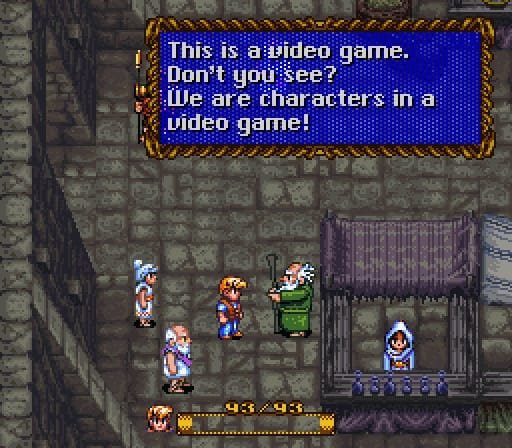
Character, Sound, and Atmosphere
At the heart of Evermore‘s narrative lies the bond between the silent protagonist, a typical American teenager, and his loyal canine companion. This isn’t just a cosmetic partnership—the dog is an integral part of both the story and the gameplay. As you journey through different worlds, your dog transforms to adapt to the environment, taking on the form of a wolf, a sleek greyhound, a pink poodle, and even a robotic dog favoring a toaster. These transformations not only provide unique combat abilities but also reflect the ever-evolving relationship between boy and dog, a bond that transcends language and circumstance. The boy’s repeated insistence that “he hasn’t been himself lately” when introducing his transformed companion to others adds a layer of humorous self-awareness to their unusual bond.
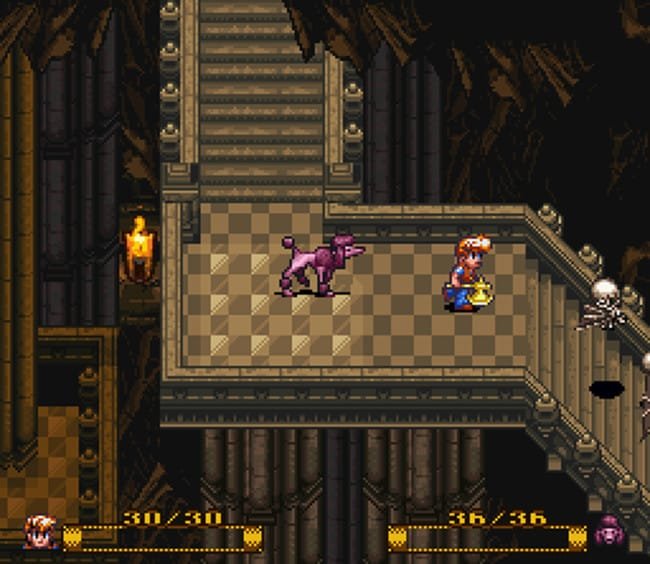
“As you journey through different worlds, your dog transforms to adapt to the environment, taking on the form of a wolf, a sleek greyhound, a pink poodle, and even a robotic dog favoring a toaster.”
Secret of Evermore‘s soundtrack is another highlight, expertly capturing the atmosphere of each world you explore. From the haunting melodies of the prehistoric jungle to the triumphant fanfares of the Roman Colosseum, the music adds a layer of emotional depth to the experience. And then there’s that desert market—a bustling hub of activity where the ambient sounds of merchants hawking their wares and exotic music create a sense of place that was remarkable for its time. It was a subtle touch, but it stuck with me, a testament to the developers’ attention to detail.
Polarizing, But Undeniably Unique
Secret of Evermore wasn’t without its detractors. Some found its humor jarring, others felt the alchemy system was needlessly complex, and the “Mana clone” label, while stemming from understandable surface-level comparisons, ultimately overshadowed the game’s distinct personality. Developed by Squaresoft’s American studio, Evermore brought a different sensibility to the action RPG formula. Its blend of historical and futuristic settings, its quirky humor, and its focus on a boy and his transforming dog felt fresh and unlike anything else in the genre at the time. For those who embraced Evermore‘s offbeat charm, it became a cherished classic, a testament to the creative potential that could emerge when Eastern and Western game design sensibilities collided.
A Legacy Worth Rediscovering
While Secret of Evermore never achieved the widespread recognition of its predecessor, it has garnered a dedicated fanbase over the years, a testament to its unique blend of humor, unconventional setting, and engaging alchemy system. Perhaps its offbeat charm was simply ahead of its time, resonating more deeply with those who craved something different from the typical JRPG formula.
Despite its flaws, Secret of Evermore is a game worth revisiting—a reminder that even in the shadow of greatness, unique and compelling experiences can be found. So, if you’re looking for a JRPG that defies expectations, offers a unique blend of historical fantasy and sci-fi, and features a boy and his transforming dog on an adventure unlike any other, give Secret of Evermore a chance. You might just uncover a hidden gem that’s been waiting to be rediscovered. A modern remake, done right, could introduce this experience to a whole new generation of players, allowing them to discover the magic that captivated a 13-year-old on a fateful Friday afternoon.
